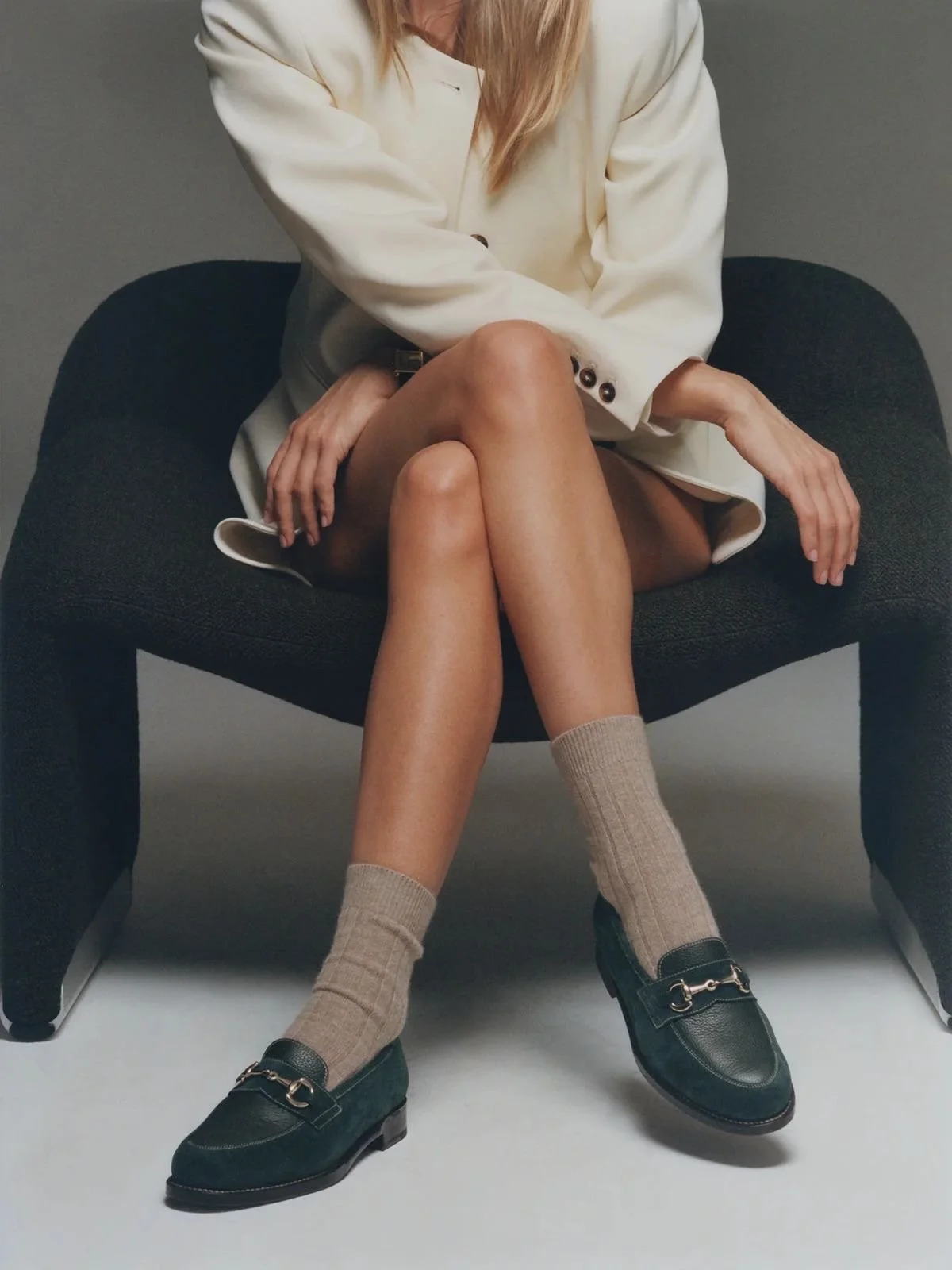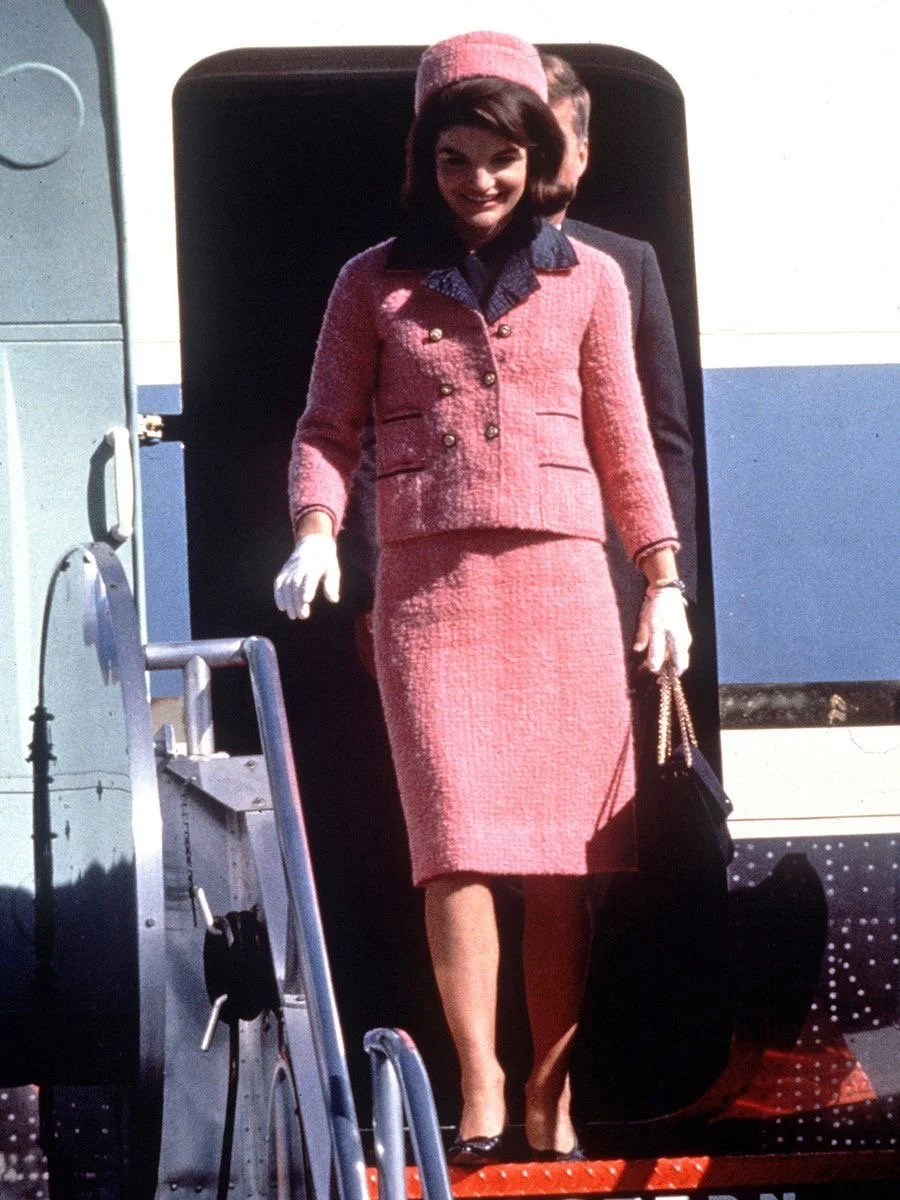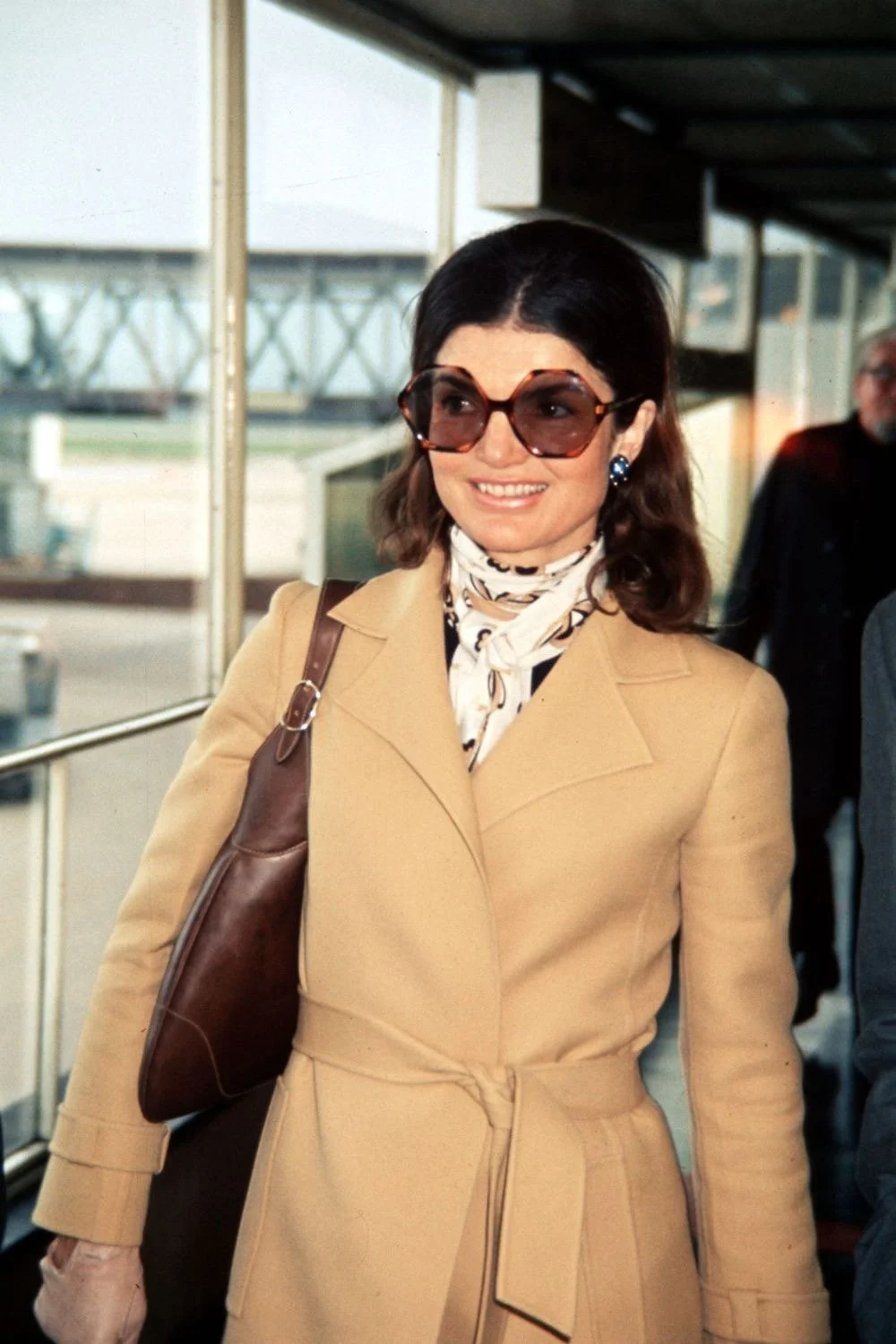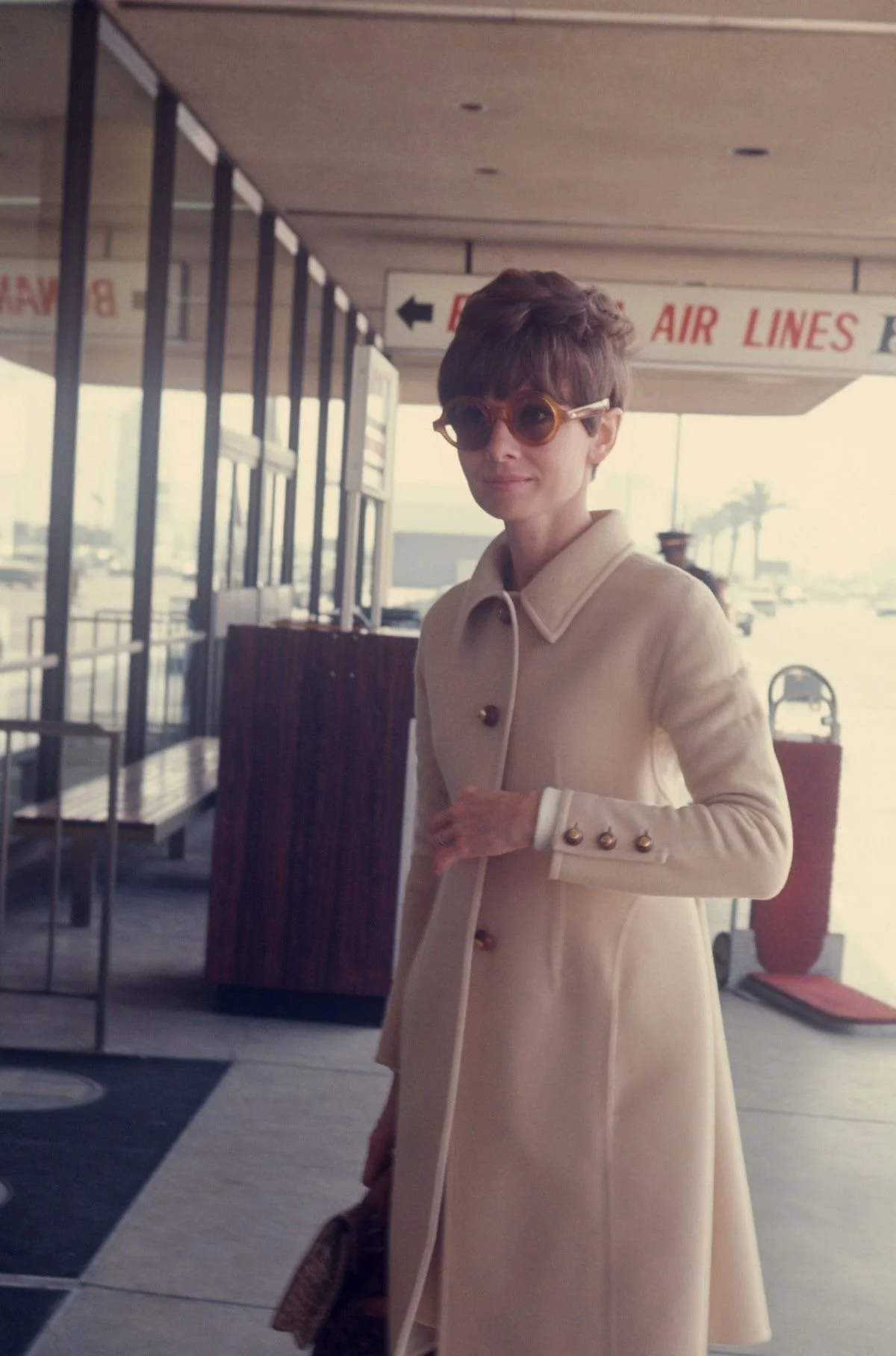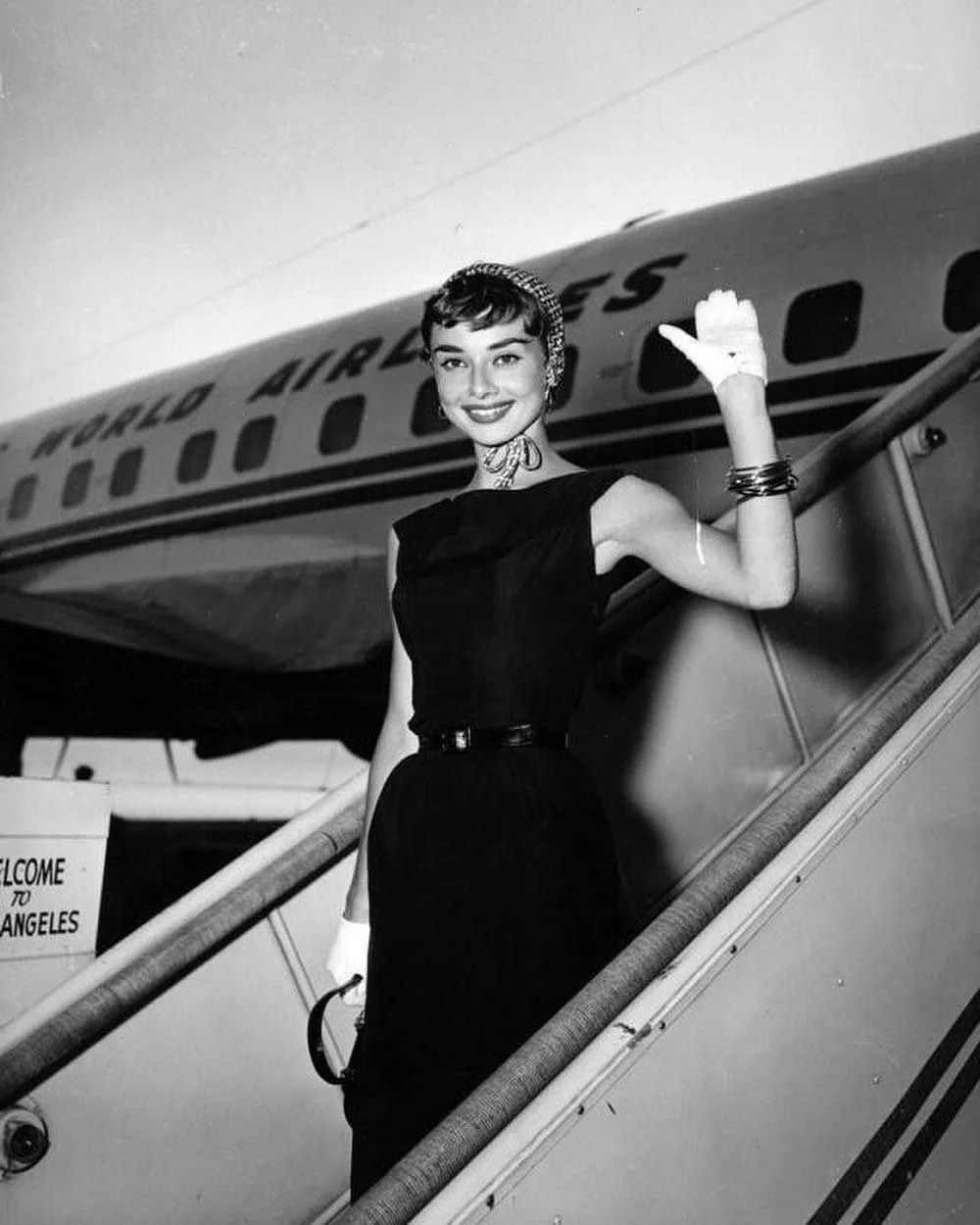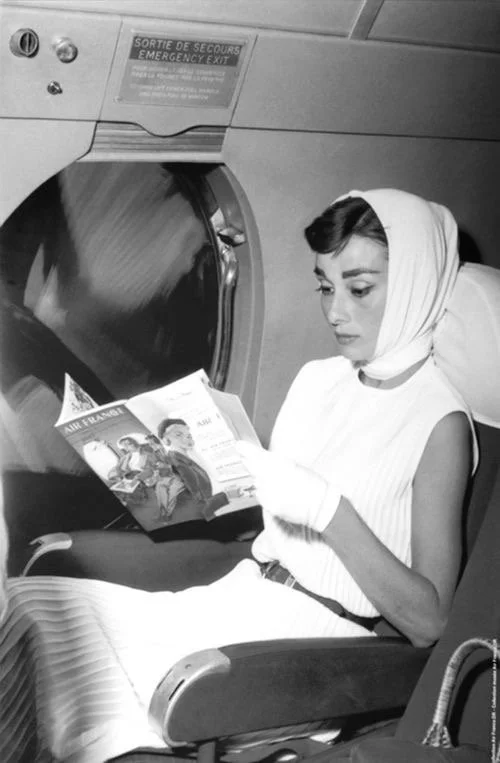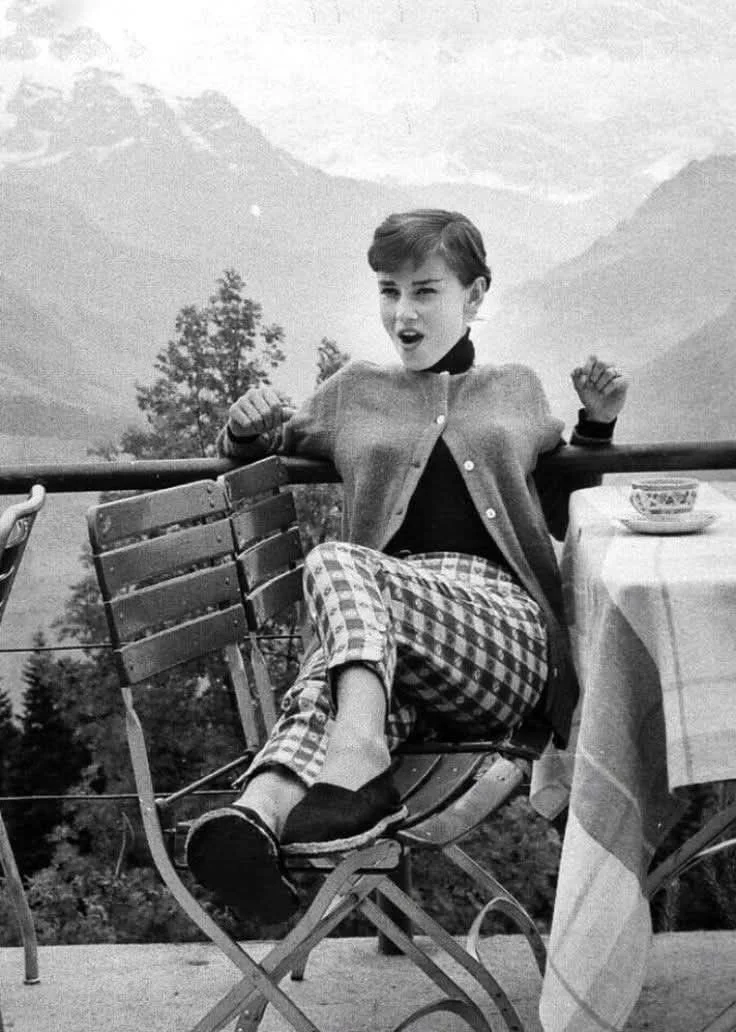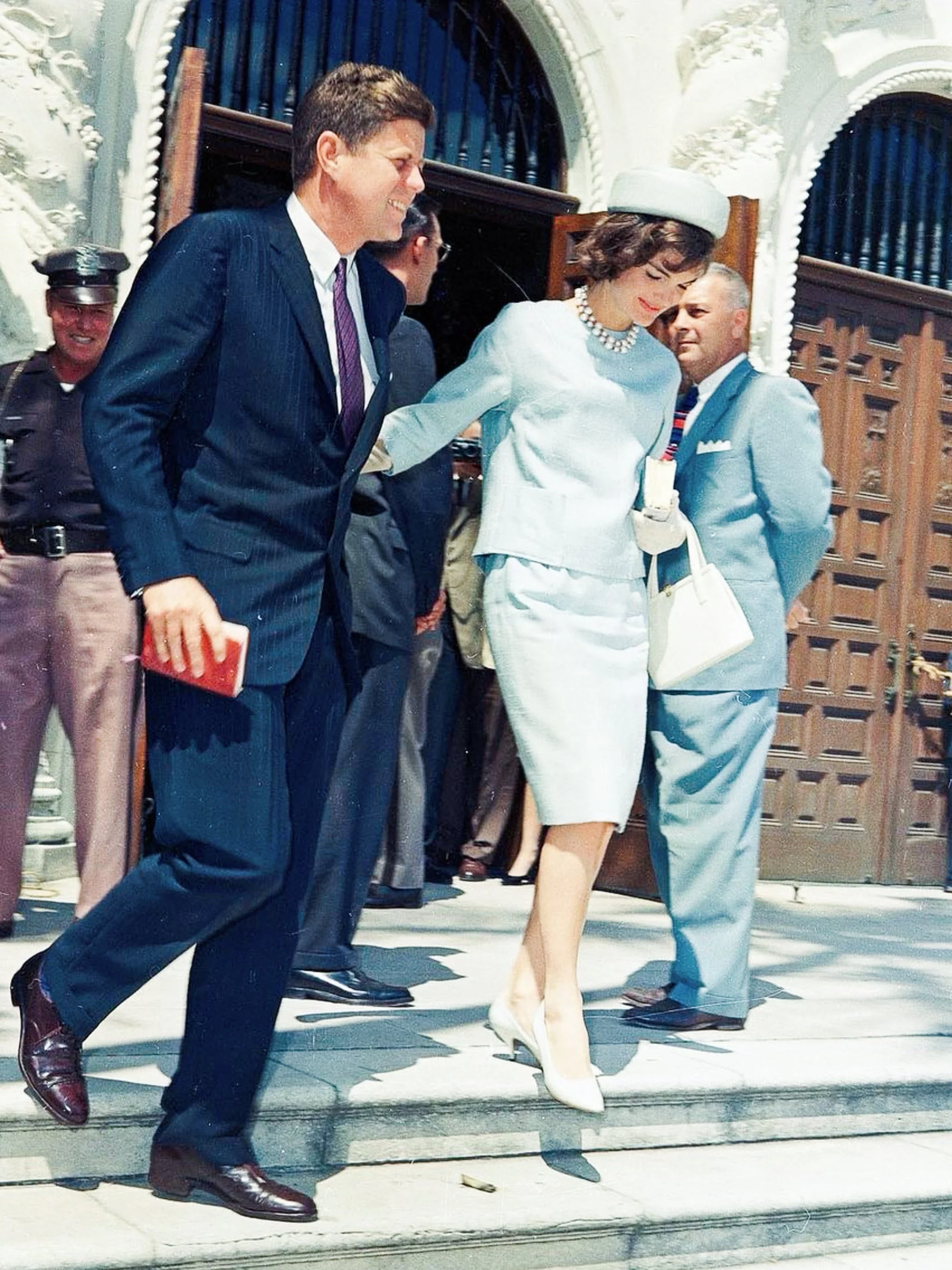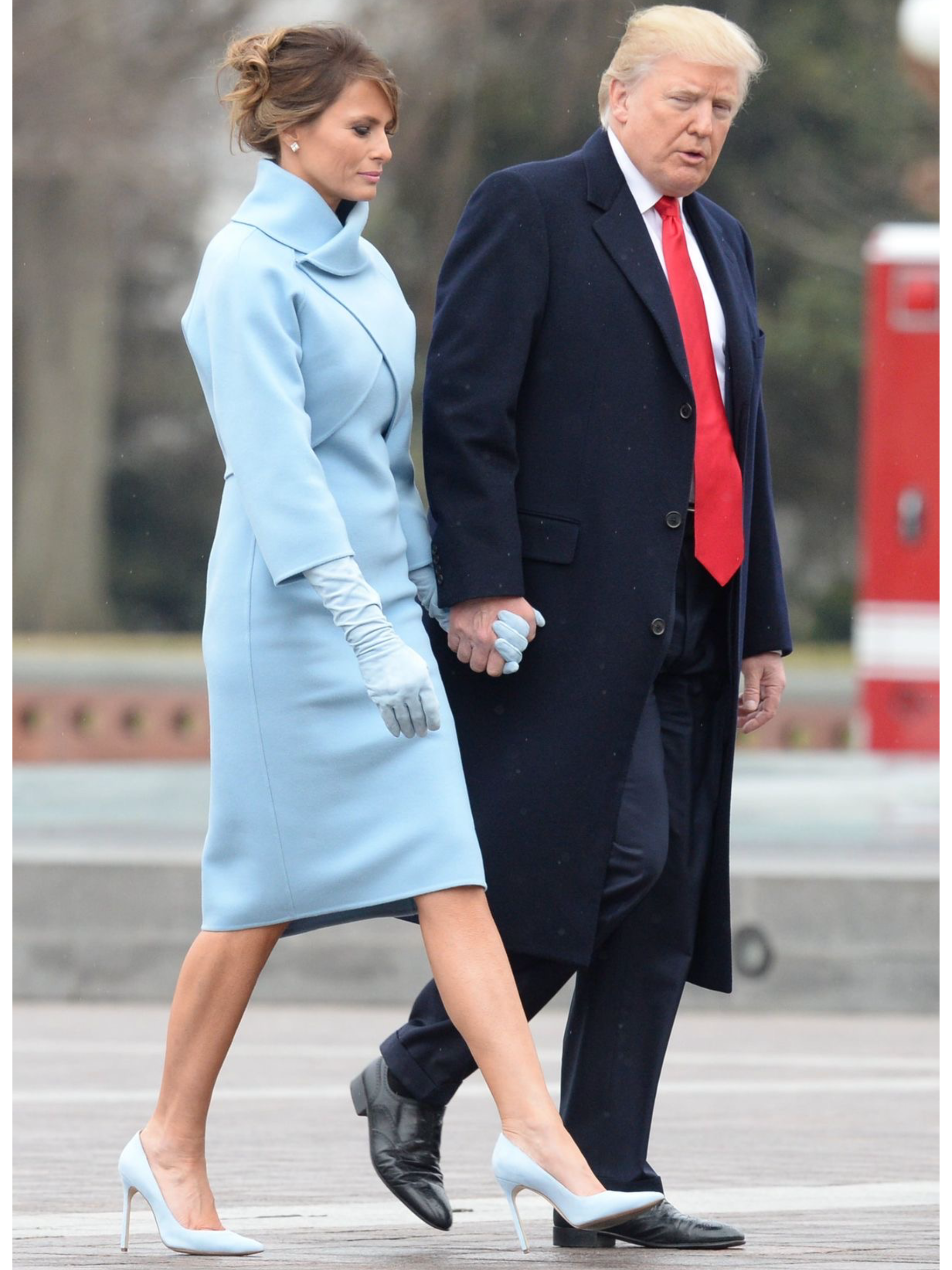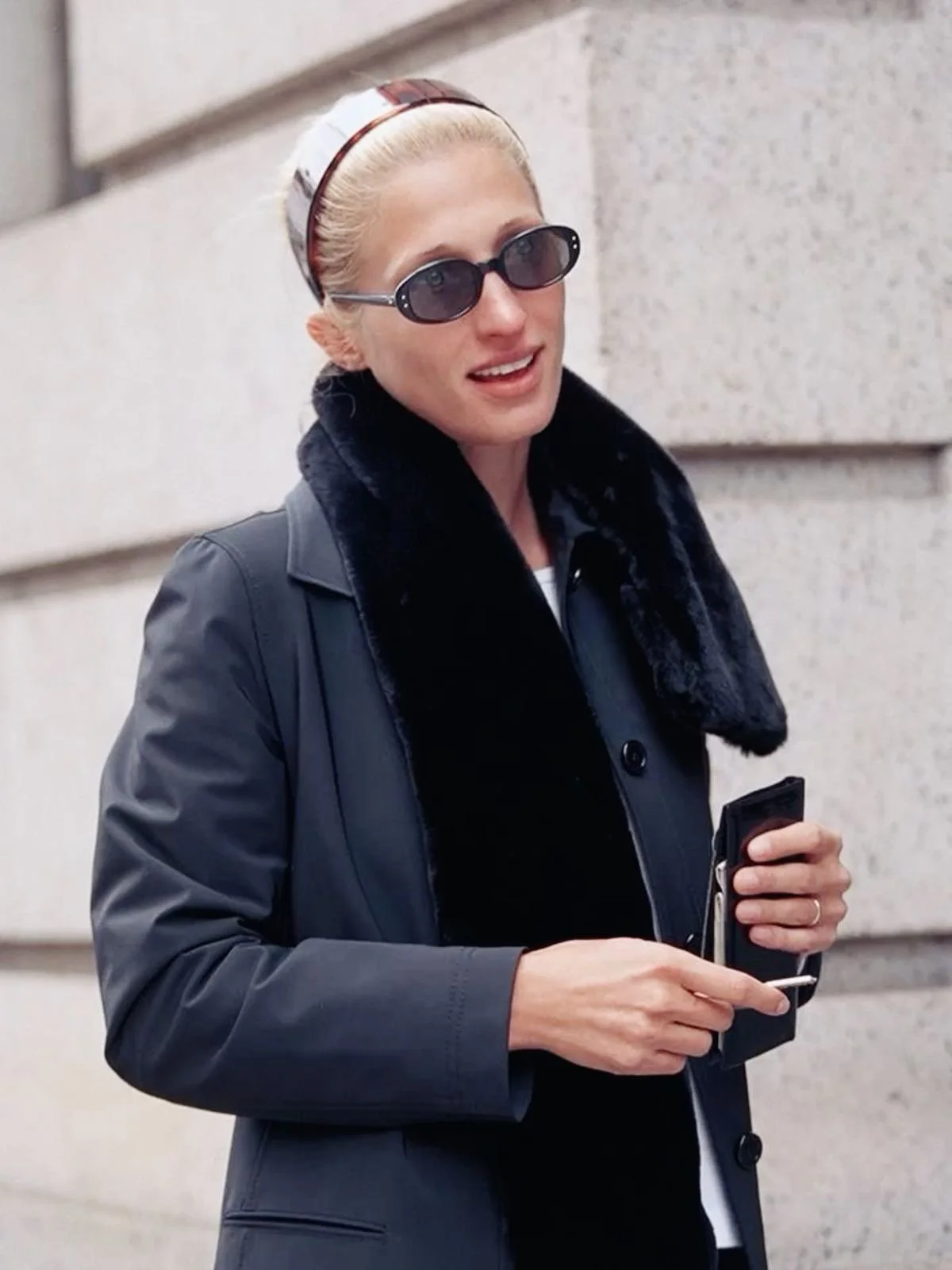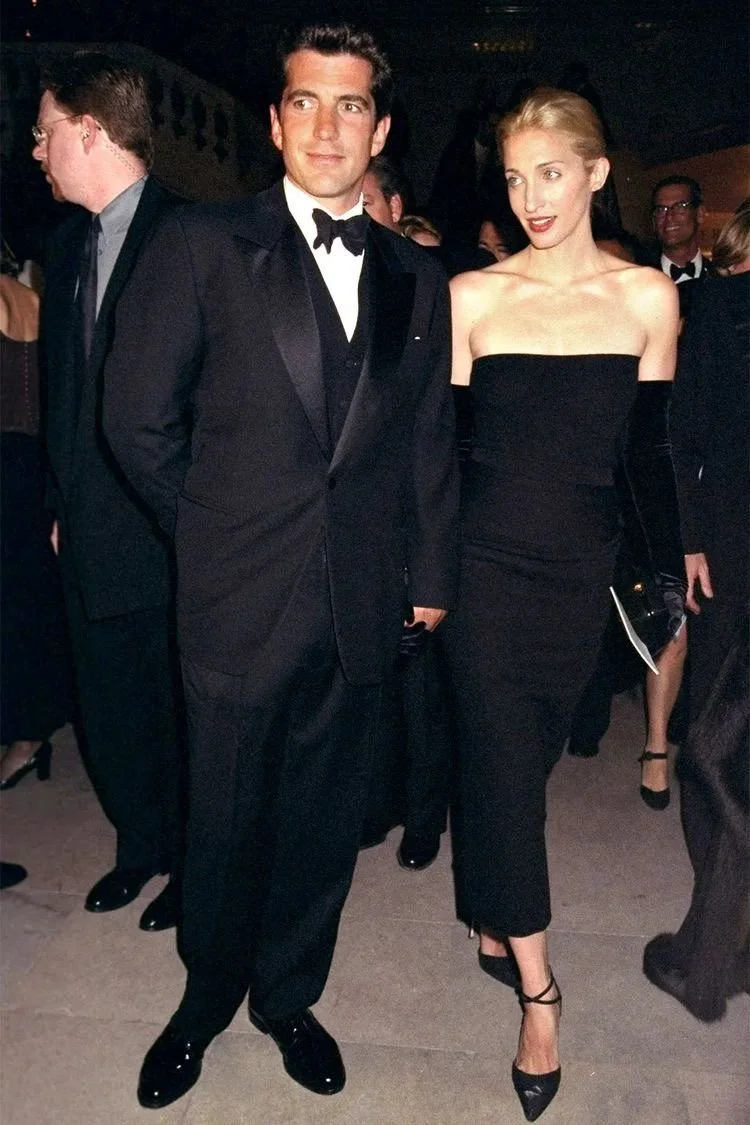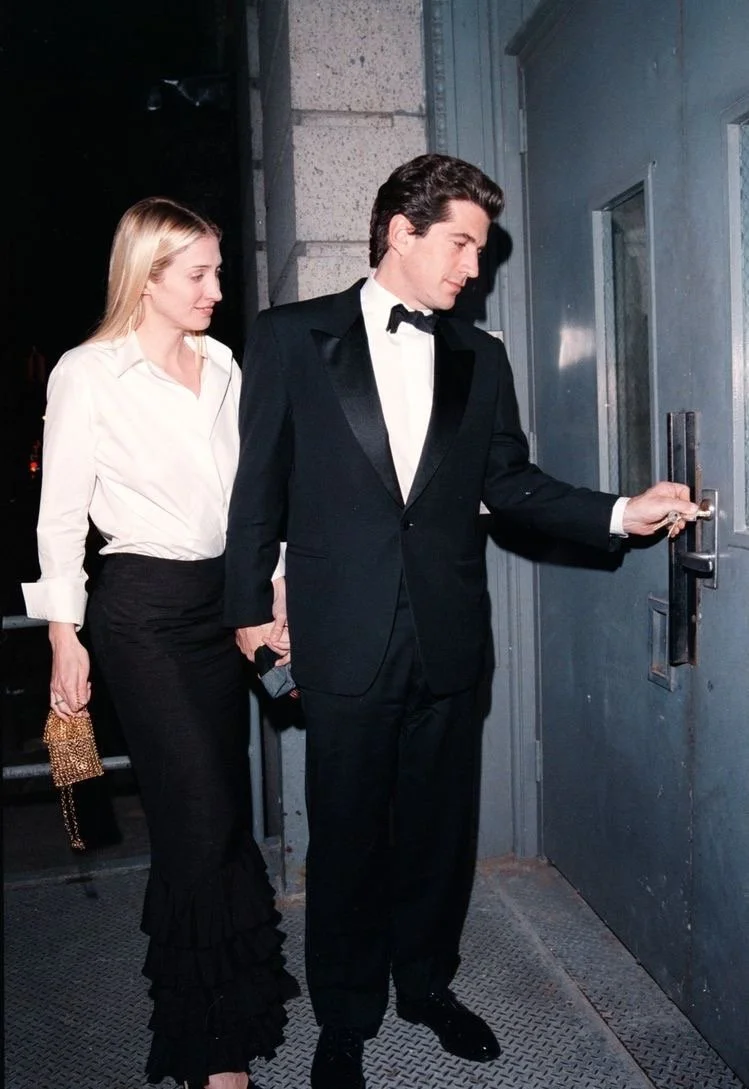Style as Strategy
By Bethany Miller
“Dress better, do better” isn’t a dusty mantra pulled from a Reagan-era self-help shelf. Recent data proves it: clothing shapes how we think, feel, and perform.
In a 2023 field study, researchers shadowed hundreds of U.S. employees for ten straight workdays. On mornings when workers dressed just one notch above their personal baseline, self-esteem rose, task completion followed suit, and collaboration with colleagues jumped nearly twenty percent. A brief for managers notes that raising the bar needn’t mean donning armor— only an intentional polish, the quiet signal that says, I take today seriously.
Those results echo a 2023 paper, “Wearing Your Worth at Work,” which found that outfits deemed aesthetic or distinctive did more than please the mirror— they lift self-esteem, fuel daily progress, and reduce the quiet urge to disappear. Clothing isn’t just fabric; it’s a portable barometer of confidence.
A 2024 survey of 700 women extends the insight to hybrid life: dressing “authentic yet intentional” improved focus, reduced distraction, and stretched time-on-task. Ninety-six percent said their outfit shaped that day’s performance. A 2025 analysis of management studies warns that ultra-casual norms correlate with higher absenteeism and lower engagement than a smart-casual baseline. The takeaway is simple: look prepared for consequential work, and you’re more likely to deliver it.
Clothes don’t just look professional; they train the mind to act the part.
Psychologists call this enclothed cognition— the idea that what we wear can quietly recalibrate the mind. Clothing’s symbolic meaning reshapes confidence, mood, even physiology. Researchers Hajo Adam and Adam Galinsky found that donning a specific garment— say, a crisp lab coat— can sharpen focus by aligning mindset with symbolism. In essence, dressing “the part” activates the part of the brain that believes it.
Nearly a third of professionals report feeling more productive when dressed smartly, and over sixty-five percent say a classic suit makes the strongest first impression. When we feel well-dressed and authentic, we stop negotiating with self-consciousness. Focus replaces fretting; confidence follows.
Intentional attire is not vanity— it’s strategy: a lever we pull to steady attention and ready the mind for consequence.
Savvy public figures have long known that style can speak before they do. Jacqueline Kennedy Onassis grasped it better than anyone of her era. As First Lady, she built a wardrobe both polished and symbolic— pillbox hats, tailored sheath dresses, sensible luxury rendered into statecraft. Each look projected elegance and control, reinforcing the myth of “Camelot.” She knew clothing could communicate diplomacy without words, using it to “translate politics through fabric and form.”
In the face of unthinkable tragedy, Jackie’s awareness of image never wavered. She chose to remain in her blood-stained pink Chanel suit after her husband’s assassination— a decision both personal and public, meant to embody perseverance and fix grief into national memory. Such was her grasp of image: clothing became narrative, elegance became endurance.
Audrey Hepburn treated personal style as strategy and self-definition. Renowned for her timeless little black dresses and gamine grace, she never saw fashion as frivolity; it was integral to her persona and professional arsenal. “I created a look in order to make something of myself,” she once said. Partnering often with Hubert de Givenchy, Hepburn honed a signature style of elegant simplicity that blurred the line between on-and off-screen life.
The result was an image accessible yet unmistakably distinctive. Capri pants, ballet flats, a flick of eyeliner— Hepburn showed that a woman could be approachable yet utterly singular. A distinctive wardrobe was essential to her success and public persona. Breakfast at Tiffany’s is impossible to imagine without her gleaming Givenchy gown— a dress that enchanted viewers and redefined femininity in Hollywood. Her style, wielded with authenticity, became inseparable from her legacy and proved that fashion could propel a career and inspire millions.
Even in modern politics and media, deliberate dressing remains a language unto itself. First Lady Melania Trump, a former model, knows how to speak it fluently. In the White House, she continues to curate a wardrobe of sharp silhouettes and couture pieces that projected poise, luxury, and control. At times she nodded to icons of the past— most notably echoing Jackie Kennedy’s powder-blue chic in her 2017 Inauguration ensemble, a look she personally oversaw to shape how she would be “introduced to the world.”
For Melania, style functioned as diplomatic shorthand. Without speeches, she could convey strength or empathy through color, cut, or silhouette— “sending subtle messages with her outfits” when words would not suffice. Love it or loathe it, her approach underscores that even in the modern era, public figures treat attire as part of their rhetorical toolkit.
On the flip side of glamour, Carolyn Bessette-Kennedy embodied the enduring power of understated style. Marrying into the Kennedy dynasty in the 1990s, she eschewed flashy trends for pared-down, stealth-wealth minimalism. Sleek black dresses, clean-lined suits, barely-there makeup— her uniform deflected the paparazzi glare. Carolyn “used beauty and fashion as a way to exercise control over her life,” adopting neutral clothing as armor against scrutiny.
The effect was effortless sophistication— quiet luxury before the term existed. She showed that one could captivate attention through impeccable tailoring and confident restraint rather than ostentation. Decades later, Bessette-Kennedy’s influence is stronger than ever: hailed as the “original poster girl for quiet luxury,” her 90s looks are revived by Gen Z style aficionados. Pinterest searches for her outfits have spiked, and designers continue to cite her as a muse for understated elegance. The sustained fascination proves a cultural truth: intentional style need not shout to be heard.
Standards in dress shape how we show up— for work, worship, friendship, and love. We dress first in the good, the true, and the beautiful— ordering the soul toward what is worthy— and only then translate that order into wool and silk. Virtue precedes wardrobe; clothes make convictions legible.
How we choose to dress reflects what we value— discipline, creativity, respect for context— and subtly influences those around us. Dressing with care elevates mindset and sets the tone in workplaces and communities. Clothes calibrate the mind. A thoughtfully chosen outfit can inspire confidence, signal respect, or bring beauty into everyday life. Rather than dismiss fashion as superficial, we might take it as Jackie-O or Audrey Hepburn did: a strategic, intentional language. Then, we carry that principle beyond the office— to coffee, to church, to dinner, to your front door.
Approach each morning as an occasion. Align your appearance with your highest aims. Discover that getting dressed may be the day’s first investment in whatever is true, honorable, pure, lovely, commendable, and excellent (Philippians 4:8).
Dress well. Do better.
Bethany Miller is Managing Editor of The Conservateur. A South Asian American writer, her reporting delivers classy conservative commentary on the conversations of our time. You can find her on Instagram and X @bethanyymmiller.


